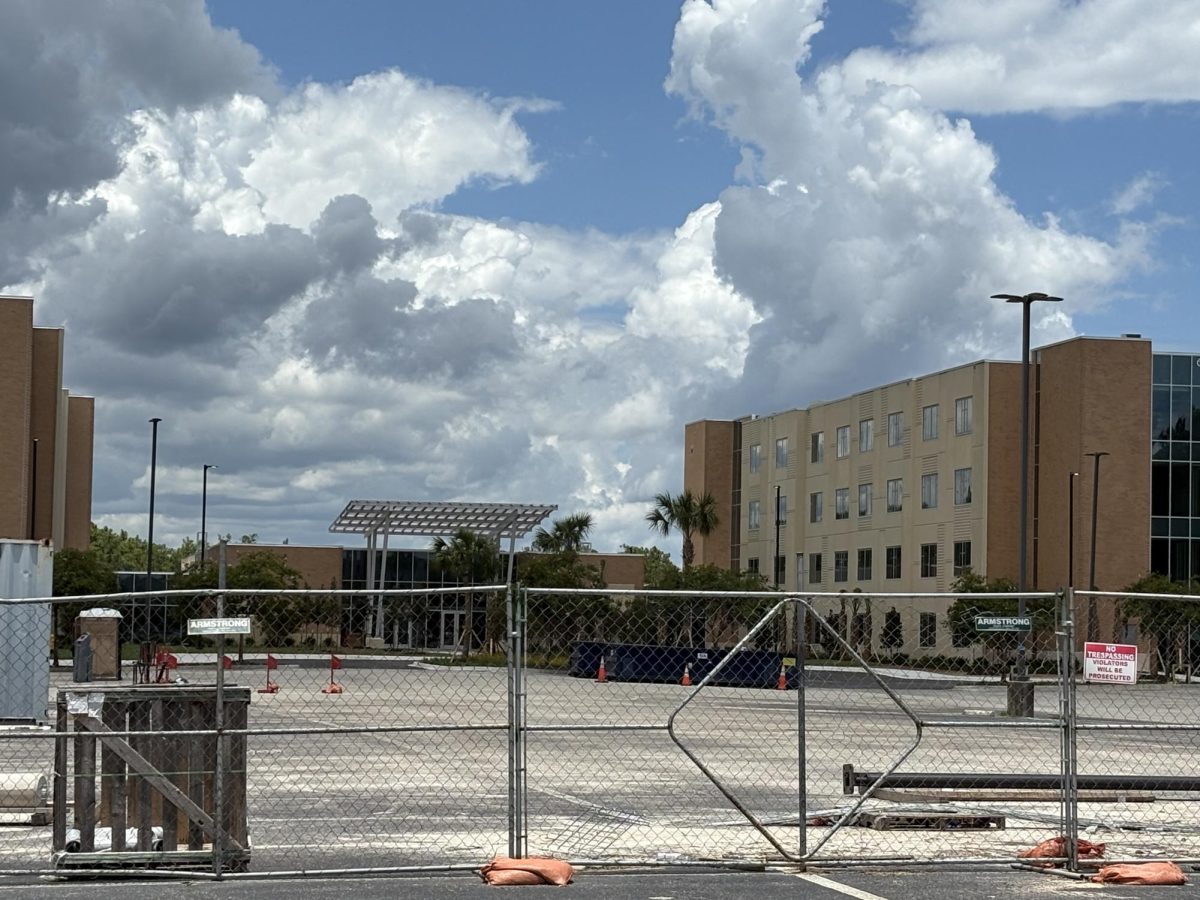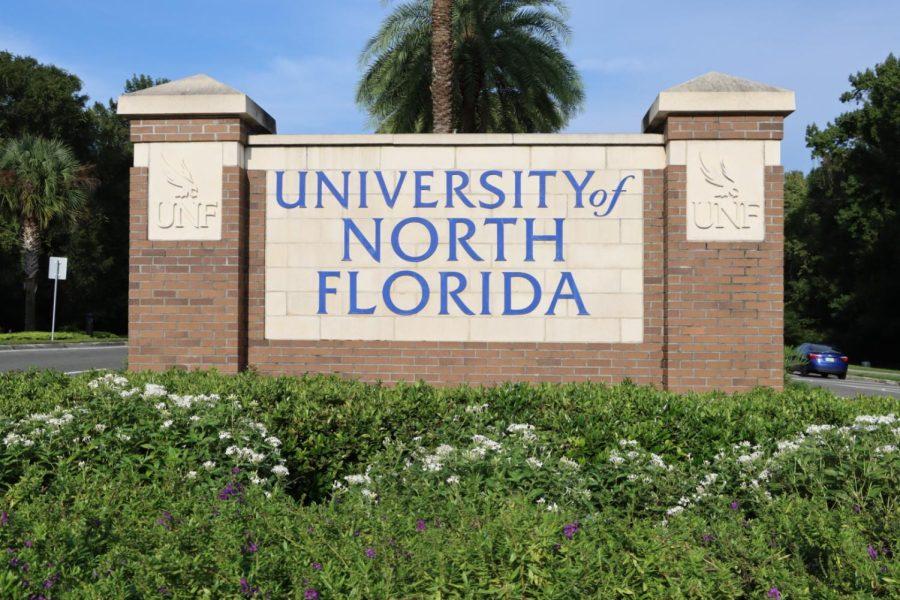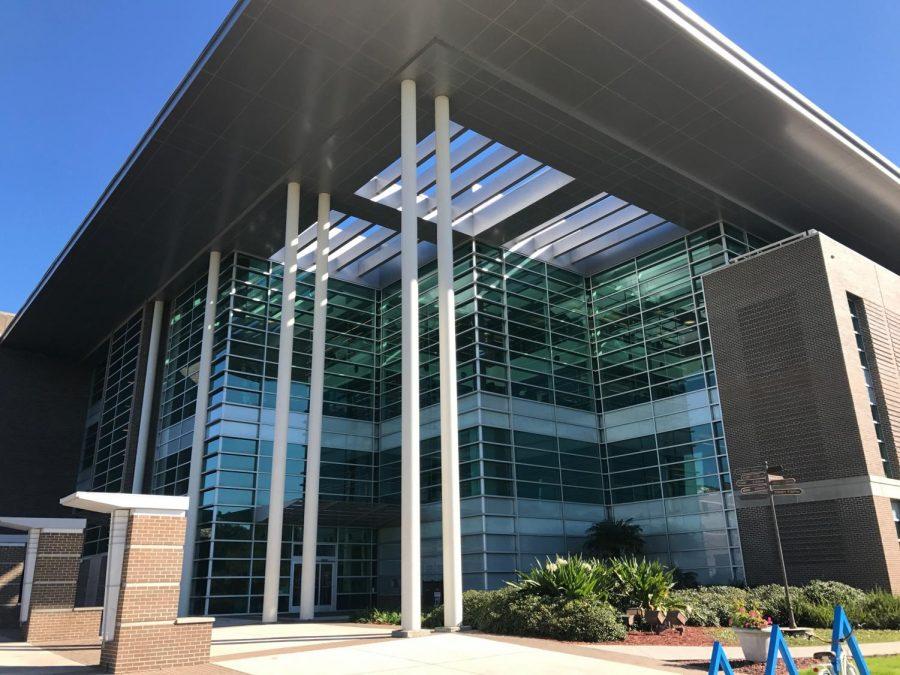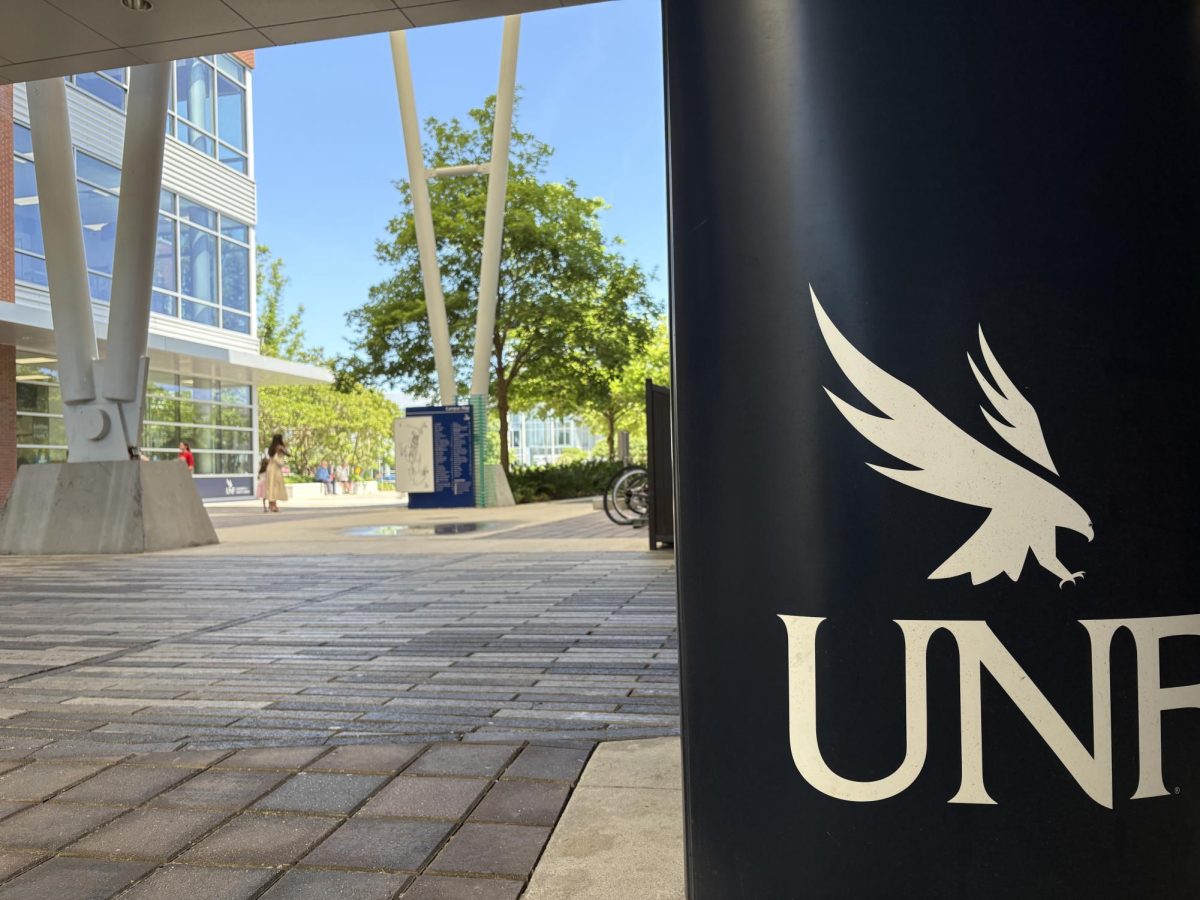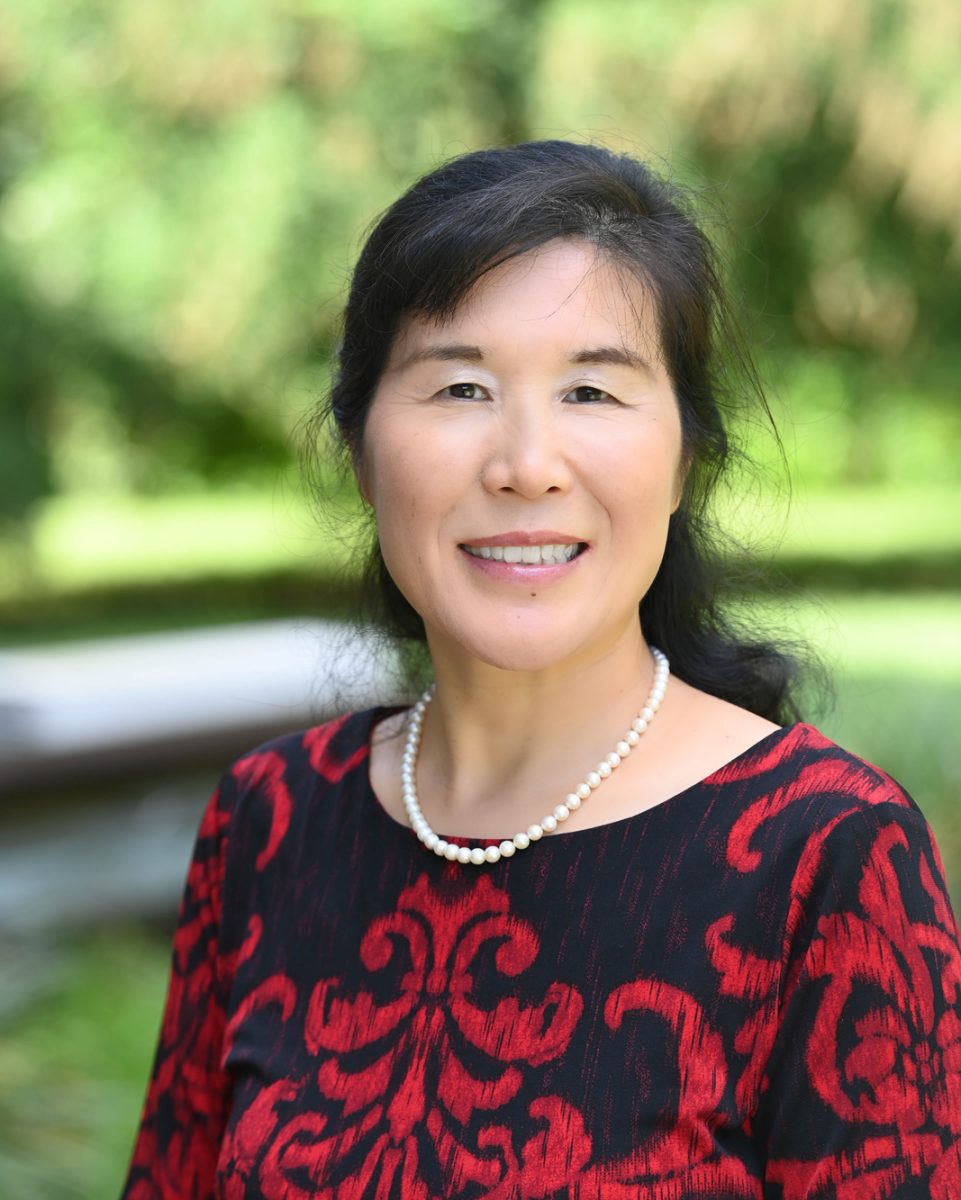On Monday night there was an alleged armed person on campus. After the incident was solved, a major issue students, faculty, parents and staff had was that they were alerted an hour after the call to police occurred.
Many students and faculty were not aware something was going on until thirty minutes to an hour after police arrived at the Arena Garage. While the university did release a statement discussing how it was unacceptable, Spinnaker Investigators found what exactly happened Monday night.
According to emails obtained by Spinnaker, around 5:50 p.m., the UNF Police Department was called to a possible armed individual in the Arena Garage.
At 6:12 p.m., it was UNFPD who released the first alert. The first alert was an email that stated:
“UPD is responding to a possible armed individual in garge Building #38. Leave the area if safe to do so. Find a safe area snd shelter in place.
Officer have blocked Building #38 until further notice. DO not attempt to enter or leave Garage #38 next to the Arena.”
This email was not received by everyone and ended up in some people’s spam inboxes.
Over 30 minutes after the initial call to police, at 6:25 p.m., University officials started to become aware of the incident. According to UNF Public Relations Specialist Amanda Dawson, Assistant Director of Web Services Kat Thompson sent a message to Dawson forwarding the UNFPD alert, however they were not sure if it was real or not. They did however contact Vice President for Public Relations Sharon Ashton.
Ashton herself was at her gym when she got a text from her team that a situation was happening at the university.
At 6:37 p.m., Ashton told Dawson to send out an alert on Blackboard Connect and through the UNF Alert system adding classes were canceled.
20 minutes later, at 6:57 p.m., the alert was finally sent out.
At 7:30 p.m., the all clear message was sent.
Spinnaker reached out to Ashton, and she clarified that in emergency situations after-hours, UNFPD alerts students. In this case, the person in the command center from UNFPD did alert students, but not correctly.
“The problem was human error. The dispatcher had several ways she could have communicate the message, and she chose email which is not the best way to communicate this message,” Ashton said. “So in hindsight, at 6:11 p.m. she should have sent it out by phone and text. And she realizes that now, but in the heat of the moment, when she is at the 911 center and there is a whole lot going on, she acknowledges she made a mistake and sent an email, which is not the best way to tell the campus to shelter in place.”
Another issue that was brought to light was the Safe Ospreys App. The reason why some students did not get an alert theough the app around 7 p.m. was due to a previous alert earlier that day. According to Ashton, if users don’t clear the alert from earlier, future alerts may not pop up.
Ashton sent an email to Chief Frank Mackesy and Vice President of Administration and Finance Shari Shuman at 6:54 a.m. Tuesday morning stating that there are several things that the university should have done but did not do so.
- UPD’s first message to the campus should have been a text and phone call, never an email.
- UPD should have activated the indoor PA system to better reach classrooms and residence halls to give the “shelter in place” message and should have considered activating the outdoor PA system. Point of Information Officers do not have the ability to activate these systems.
- Needed clearer communication between University Officials.
- Once PIOs take over communication, UPD should never send a message, except using the PA system to reinforce a message.
Ashton told Spinnaker that the University plans on doing the following to make sure what happened on Monday night never happens again.
The first change will be a clear and more precise procedure of how to send out alerts and messages in the UNFPD department. The second thing the university is working on is talking to Blackboard Connect about the original email alert issue. The next step is talking with the developers of the Safe Ospreys app to see if there’s a way to get alerts without clearing them. President David Szymanski is in talks with UNFPD about increasing the amount of people in the call center and Mackesy is increasing training with his staff.
In spite of some of the failures that did occur, Ashton told Spinnaker that there were several aspects that they did correctly in this emergency situation such as creating a team of people and positioning them in a quick turn-around.
“I know it seems like it was a really long time. It would have been a long time if everybody had just been sitting at their desk,” Ashton said. “But you have to understand that aside from a UPD official in the call center, every police officer was swarming the parking garage as they should have been, that left one person in the comm center who is responding to 911 calls and is sending out the initial message and then I’m trying to get my team into positions that make sense to take over communications.”
“We learned a lot of lessons through this. And we are making changes.”
__
For more information or news tips, or if you see an error in this story or have any compliments or concerns, contact editor@unfspinnaker.com.







